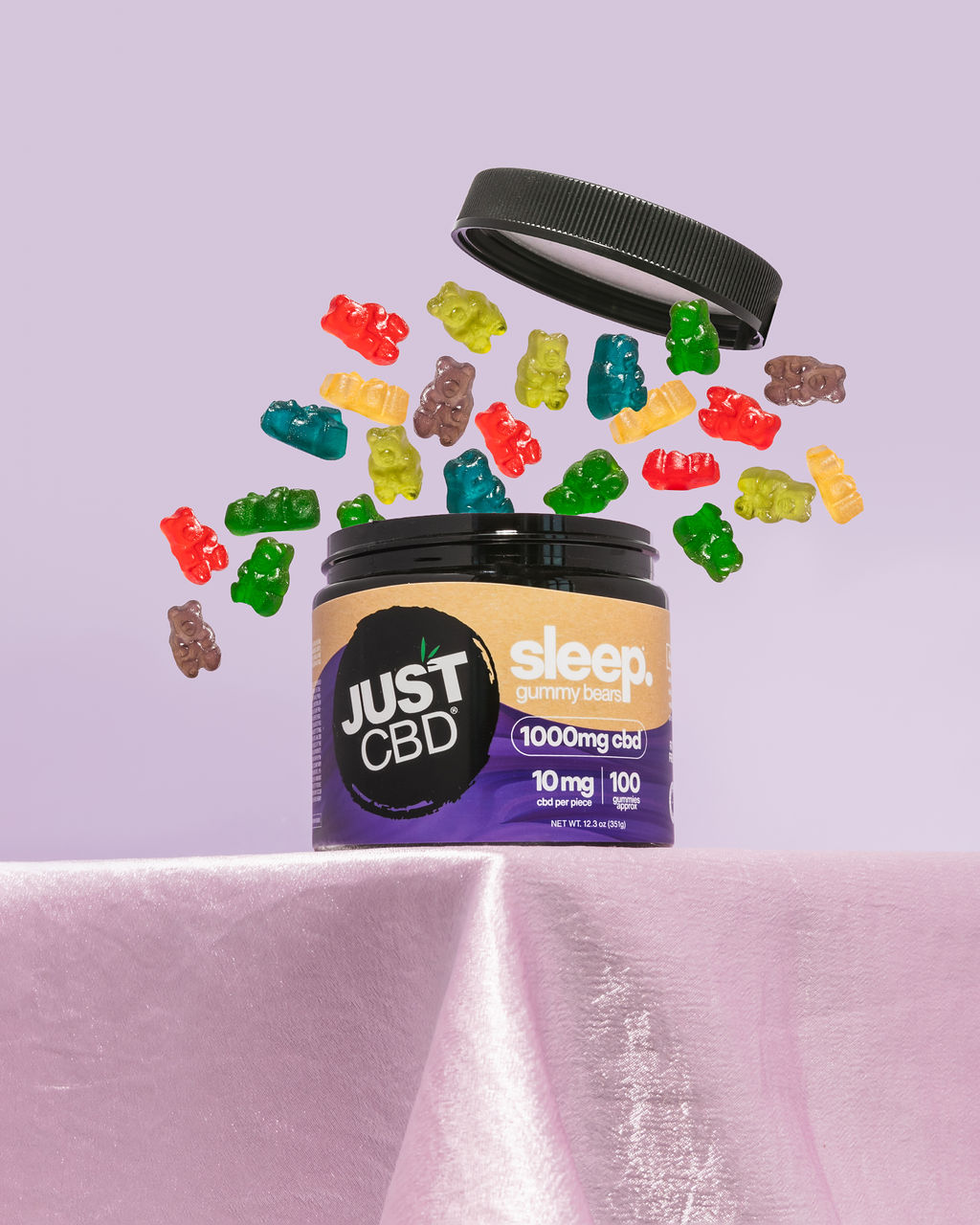Alcohol
Alcohol, a widely consumed psychoactive substance, has been a part of human culture for centuries. Its effects range from relaxation and euphoria to impaired coordination and cognitive function. Understanding how alcohol interacts with other substances, particularly those like Kratom powder, is crucial for ensuring safety and well-being.
Effects
Alcohol and Kratom both affect the central nervous system, leading to potential for dangerous interactions. Kratom can have stimulant and opioid-like effects, while alcohol is a depressant. When consumed together, these opposing effects can create unpredictable and potentially harmful outcomes. The combination may lead to increased sedation, respiratory depression, or impaired cognitive function, potentially putting individuals at risk of overdose.
Potential Risks
The interaction between alcohol and kratom powder can be particularly dangerous due to their contrasting effects on the central nervous system. Kratom, a plant native to Southeast Asia, contains compounds that can act as both stimulants and opioids. Alcohol, on the other hand, is a depressant.
When consumed together, these opposing effects can result in unpredictable and potentially life-threatening consequences. The combined effects may lead to severe sedation, slowed breathing (respiratory depression), disorientation, impaired judgment, and an increased risk of overdose. It’s crucial to avoid mixing alcohol with kratom powder to minimize the risk of serious health complications.
Benzodiazepines
Benzodiazepines are a class of drugs prescribed to treat anxiety, insomnia, and seizures. They work by enhancing the effects of a neurotransmitter called GABA, which has calming effects on the brain.
Mechanism of Interaction
Benzodiazepines bind to specific receptors in the brain that are part of the GABAergic system. This binding increases the activity of GABA, an inhibitory neurotransmitter.
By boosting GABA’s effects, benzodiazepines suppress neuronal excitability and reduce nerve impulses in the central nervous system. This calming effect leads to a reduction in anxiety, muscle tension, and sleep disturbances.

Dangers
Benzodiazepines can be highly addictive substances. Regular use can lead to physical dependence, meaning the body requires them to function normally. Abruptly stopping benzodiazepine use after prolonged use can result in severe withdrawal symptoms, including anxiety, insomnia, seizures, and in some cases, death.
Mixing benzodiazepines with alcohol or other depressants, such as opioids, can be extremely dangerous. This combination significantly increases the risk of respiratory depression (slowed breathing), coma, and death. Both substances act on the central nervous system to suppress brain activity, and their combined effects can be overwhelming.

Long-term use of benzodiazepines can also have cognitive consequences, including memory impairment, difficulty concentrating, and slowed reaction times. These effects may persist even after stopping benzodiazepine use.
Opioids
Opioids are a class of drugs that exert their effects by binding to opioid receptors in the central nervous system.
Let me know if you’d like to explore a specific aspect of opioids further.
Synergistic Effects
Opioids, including prescription pain relievers like oxycodone and heroin, are highly potent substances known for their analgesic (pain-reducing) effects. However, they also carry significant risks due to their potential for addiction and overdose.
- Mechanism of Action:** Opioids work by mimicking the effects of endogenous opioid peptides naturally produced in the body. These peptides regulate pain perception, mood, and other physiological processes.
- Effects on the Body:** Opioid use can lead to feelings of euphoria, drowsiness, slowed breathing, constricted pupils, and reduced appetite.
- Risks of Opioid Use: Overdose is a major risk associated with opioids. It occurs when the dose exceeds what the body can tolerate, leading to potentially fatal respiratory depression (suppression of breathing).
Synergistic effects happen when two or more substances interact in a way that produces a greater effect than the sum of their individual effects. This can be particularly dangerous with opioids.
- Alcohol:** Combining alcohol with opioids greatly increases the risk of overdose. Both substances depress the central nervous system, leading to amplified sedation and respiratory depression.
- Sedatives (e.g., benzodiazepines):** Mixing opioids with sedatives like benzodiazepines significantly enhances their depressive effects, increasing the risk of coma and death.
- Other Opioids:** Taking different types of opioids together can also lead to dangerous synergistic effects due to their cumulative depressant actions.
Increased Risk of Overdose
Opioids are a class of drugs that exert their effects by binding to opioid receptors in the central nervous system. This binding alters how the brain processes pain, pleasure, and other sensations.
The risk of overdose with opioids is significantly increased when they are combined with other depressants, such as alcohol, benzodiazepines (e.g., Xanax, Valium), or even certain medications like antihistamines.
These substances all work on the central nervous system to slow down brain activity. When used together, their effects can be amplified, leading to dangerously suppressed breathing and potentially fatal consequences.
Antidepressants
Antidepressants are a class of medication prescribed to treat a variety of mental health conditions, including depression, anxiety disorders, and obsessive-compulsive disorder. They work by affecting the balance of neurochemicals in the brain, primarily serotonin, norepinephrine, or dopamine.
Serotonin Syndrome Risk
Serotonin syndrome is a potentially life-threatening condition that can occur when there is excessive serotonin activity in the brain. This overactivity can be triggered by combining antidepressants with certain substances, including other medications, herbal supplements, and even some foods.
Antidepressants work by increasing serotonin levels in the brain. When combined with substances that also affect serotonin levels, it can lead to a dangerous buildup of this neurotransmitter.
Symptoms of serotonin syndrome can range from mild (e.g., agitation, anxiety, nausea) to severe (e.g., rapid heartbeat, high fever, muscle rigidity, seizures, coma). It is crucial to seek immediate medical attention if you suspect you or someone you know may be experiencing serotonin syndrome.
Altered Mood and Cognitive Function
Antidepressants are a class of medications primarily used to treat mood disorders such as depression and anxiety. They work by affecting the levels of certain neurotransmitters in the brain, including serotonin, norepinephrine, and dopamine. These neurotransmitters play a crucial role in regulating mood, sleep, appetite, and other important functions.
- Mechanism of Action: Different types of antidepressants work through varying mechanisms. Some, like selective serotonin reuptake inhibitors (SSRIs), primarily increase serotonin levels by blocking its reabsorption in the brain. Others, such as tricyclic antidepressants (TCAs), affect multiple neurotransmitter systems.
- Effects on Mood and Cognitive Function: Antidepressants can improve mood by alleviating symptoms of depression, such as sadness, hopelessness, fatigue, and loss of interest in activities. They may also enhance cognitive function, including concentration, memory, and decision-making in some individuals.
- Side Effects: Like all medications, antidepressants can have side effects. Common ones include nausea, dry mouth, headache, insomnia, and sexual dysfunction. It’s important to discuss any potential side effects with a healthcare professional.
Stimulants
Stimulants are substances that increase alertness, energy, and activity levels. They work by affecting the central nervous system, primarily by increasing the release or blocking the reuptake of neurotransmitters like dopamine and norepinephrine.
Agitation and Anxiety
Stimulants are a class of drugs known for their ability to enhance alertness, energy, and focus.
- Mechanism: Stimulants exert their effects by affecting the central nervous system (CNS), primarily by increasing the levels of neurotransmitters such as dopamine and norepinephrine. These neurotransmitters play crucial roles in regulating attention, motivation, and reward pathways in the brain.
- Examples:** Common examples of stimulants include amphetamines (e.g., Adderall, methamphetamine), cocaine, and caffeine.
- Effects: Stimulants can produce a range of effects, including increased alertness, energy, focus, decreased appetite, elevated mood, and reduced fatigue.
Agitation and anxiety are common emotional and physiological responses to various stimuli, including stress, fear, or perceived threats. Agitation refers to a state of restlessness, nervousness, or irritability, while anxiety involves excessive worry, apprehension, or fear about future events or uncertainties.
- Physiological Changes:** Agitation and anxiety are often accompanied by physiological changes such as increased heart rate, rapid breathing, sweating, muscle tension, and trembling. These responses are part of the body’s “fight-or-flight” response, which is designed to prepare individuals to cope with perceived threats.
- Psychological Manifestations: Agitation and anxiety can manifest psychologically as feelings of restlessness, worry, fear, apprehension, panic attacks, intrusive thoughts, and difficulty concentrating.
- **Causes:** Agitation and anxiety can stem from a variety of factors, including stress, trauma, medical conditions, genetics, and certain medications.
Cardiovascular Stress
Stimulants increase heart rate and blood pressure, putting additional strain on the cardiovascular system. This can be particularly problematic for individuals with pre-existing cardiovascular conditions like hypertension or coronary artery disease. Long-term stimulant use can contribute to damage to blood vessels and increase the risk of heart attacks and strokes.
Cardiovascular Stress
Stimulants can significantly elevate heart rate and blood pressure, placing a strain on the heart and blood vessels. This stress can be dangerous for individuals with pre-existing cardiovascular conditions or those who are generally sensitive to changes in their heart rhythm.
- Increased Heart Rate: Stimulants cause the heart to beat faster, leading to a higher workload on the cardiovascular system.
- Elevated Blood Pressure: Stimulant use can significantly increase blood pressure, further straining the arteries and increasing the risk of damage.
- Risk of Cardiovascular Events: For individuals with existing heart conditions or other risk factors, stimulant use can increase the likelihood of heart attacks, strokes, and other cardiovascular complications.
Shop for Kratom Powder from Just Kratom
- How To Achieve A Smooth Chin With Non-Surgical Dimpled Chin Treatment - September 1, 2025
- How Sculptra Can Help With Jowl Lift In Surrey - August 29, 2025
- How Often Should You Get Tear Trough Filler - August 27, 2025
